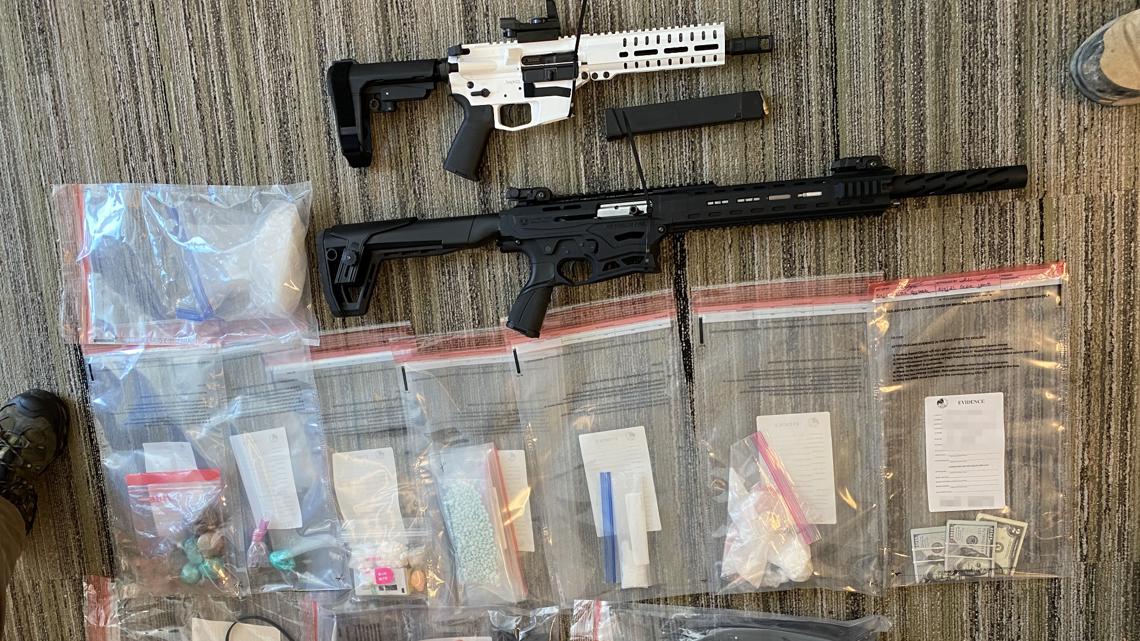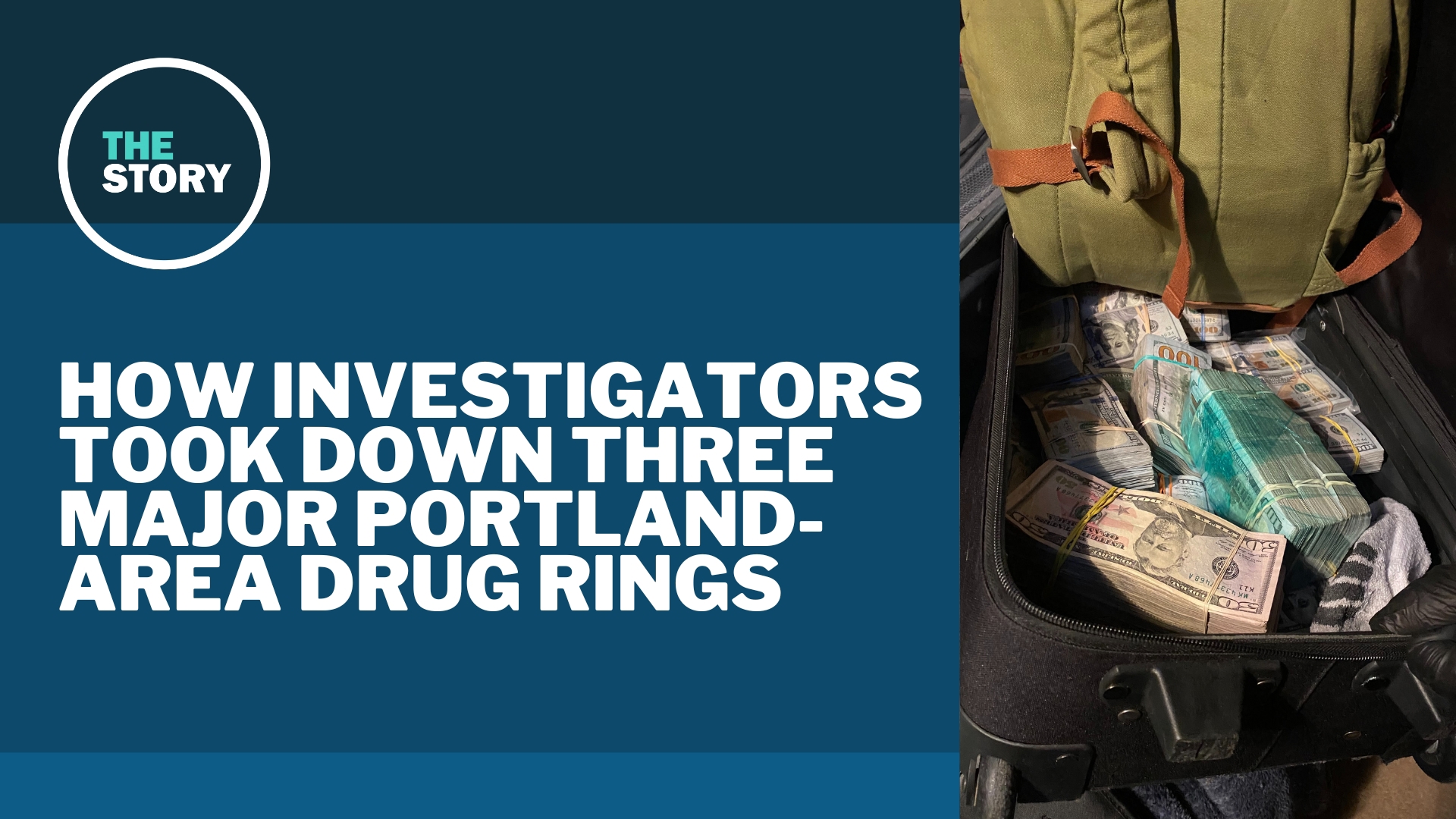PORTLAND, Ore. — The Portland region has been grappling with a drug crisis for years now, and while the upcoming policy switch to recriminalize possession of hard drugs and set up new deflection programs is getting a lot of attention, there are also efforts underway to try to disrupt the flow of illegal drugs, tackling the problem at its source.
In one investigation that played out over the past four years, local and federal police agencies took down three drug distribution rings in the Portland area, sending 16 people to prison and disrupting some — though certainly not all — of the drugs flooding the region.
Assistant U.S. Attorney Will McLaren prosecuted the cases, and he sat down with The Story's Pat Dooris to explain how it all came together. The two biggest drug rings, according to McLaren, were supplied by cartels from Mexico.
Hints of a large operation
He said it all began in late 2020, when the federal Drug Enforcement Administration got a tip about drug purchases in the Portland area, and learned there were large quantities of drugs available. They subsequently seized several pounds of methamphetamine — enough to convince the DEA that it wasn't dealing with a small-time operation.
"The Drug Enforcement Administration is the lead on investigation, so federal agents will become aware of the potential operation, and they'll just start exploring them for these groups particularly," McLaren explained. "A couple of purchases — big drug purchases in late 2020 and early 2021 — led the DEA to think they were dealing with more than just street dealers and were instead dealing with something potentially organizational."

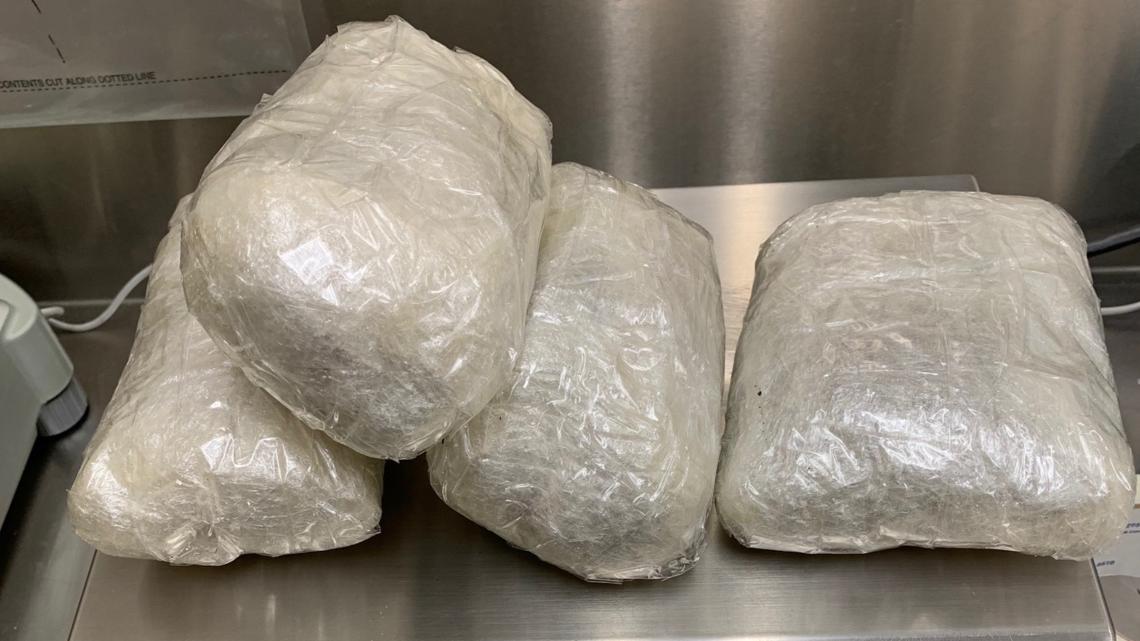
The next big break was a traffic stop in early 2021 that led to a vehicle search, in which the DEA found a pile of restaurant trash full of meat and fish and other leftovers — but stuffed in between were bundles of bills adding up to tens of thousands of dollars.
In the spring of that year, the DEA continued to work the case and dug deeper into the drug ring. At one point, the DEA began following a person who had bought drugs from one of the suspected heads of the drug ring.
"They then did a traffic stop on that on that person's way back to southeast Washington from the Portland metro area," McLaren said. "Traffic stop, pull over, search of the vehicle — and you're looking at methamphetamine, heroin in the many ounces, as well as a few thousand fentanyl pills."
Based on the quantity of drugs, the DEA assumed that they had intercepted someone who had gone into Portland to some sort of warehouse or distribution center for the drug ring and was then heading back out to distribute and sell the drugs.
Seizing shipments
The DEA learned that one of the organizations had been heavily focused on moving drugs north from California, with the leader arranging a series of transports of large quantities for drugs that were handed off in the Los Angeles area and then ferried up the Interstate 5 corridor into Oregon, McLaren explained. That led investigators to another traffic stop, this time intercepting a courier with 11 pounds of heroin.
"Once we identify a group and take all the investigative steps, and there are just many of them; there are a lot of tools at the agencies disposal, lot of court-authorized search warrants, and once there's an understanding, there could be a lot more disruption of the group, so that that's what you're seeing here," he said.

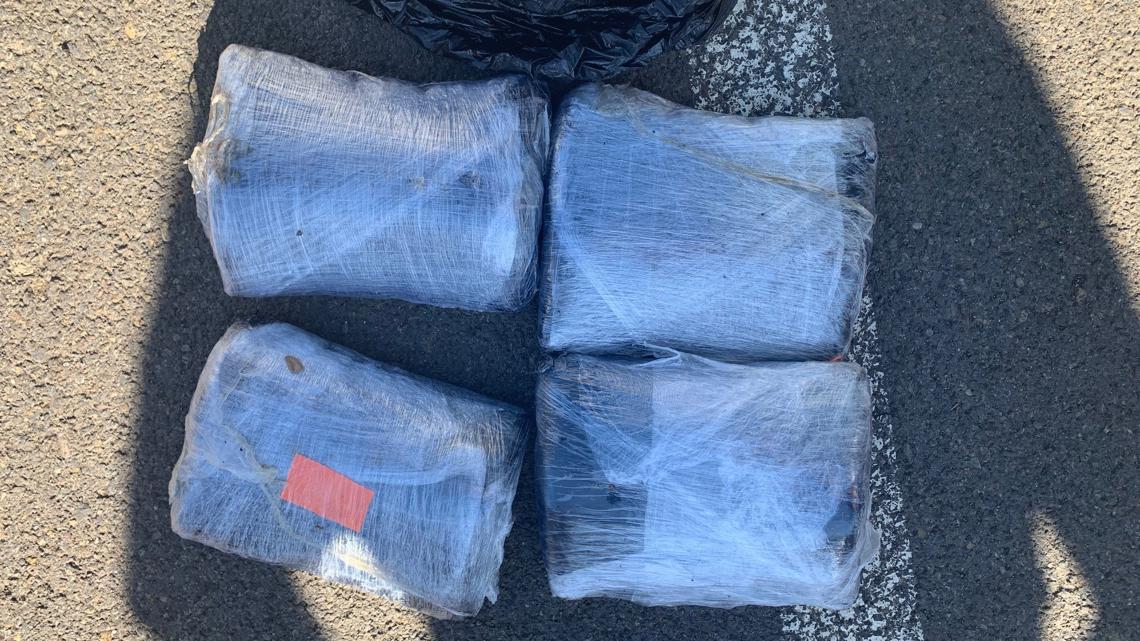
As the DEA began to seize repeated shipments, members of the drug rings became paranoid, believing there could be a mole inside their group working with police. That wasn't the case, McLaren said, but investigators learned that there were internal threats being made against a specific person.
"We can't just sit back knowing that somebody's potentially in danger, especially if it's a result of our investigation," he said, "so we decided to find that person, arrest them prematurely — both because of the drug trafficking we knew they were already involved in but also to maybe get them out of the line of sight of this group."
When investigators found the person in question, they were "armed to the hilt," McLaren said, and were carrying lots of drugs and cash in addition to the guns. The person also turned out to be wanted as part of a different federal case.
Taking down the rings
It was only after this point that investigators first learned that they were dealing with three interconnected groups rather than a single organization. The takedown of the first group happened in August and September of 2021, with state and local police in Oregon, California and eastern Washington helping with multiple operations that seized large amounts of heroin as well as guns.
One of the operations involved search warrants at several locations including one in Beaverton, and led to the arrest of what investigators suspected to be a large-scale fentanyl dealer, who had about a million dollars of cash stuffed into luggage. Investigators also found several pounds of cocaine and more heroin. Investigators suspected the cash was drug sale proceeds, prompting them to seize it.

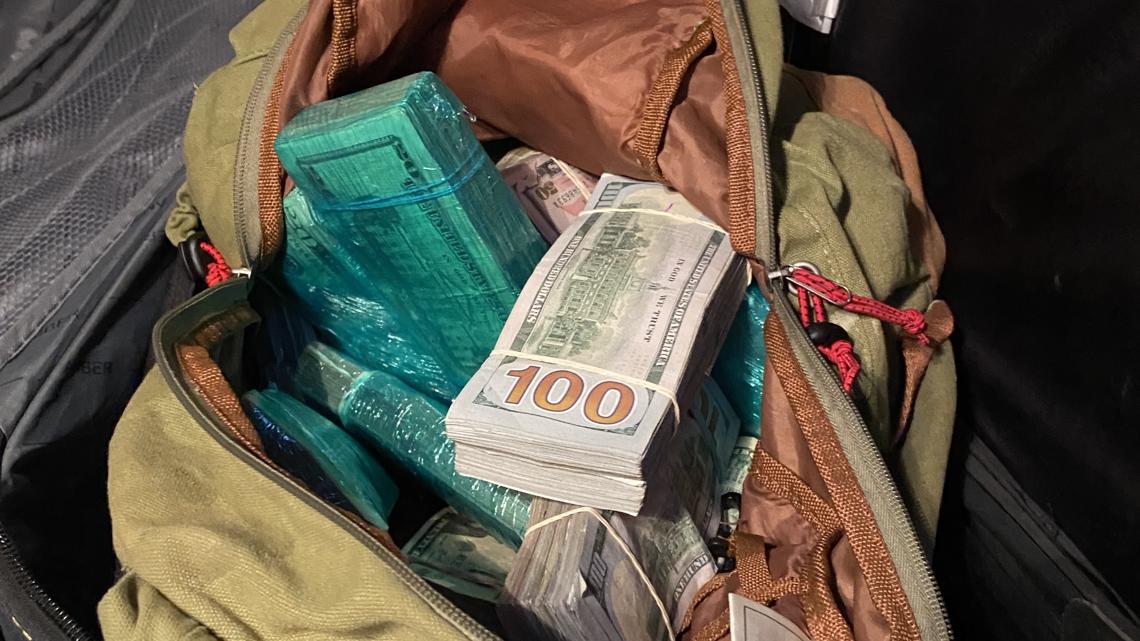
"If the government is able to show that it is tie-able or connected to the criminal offenses, it's forfeited — which is a fancy legal word for saying they lose any right or claim to it because it's unlawful proceeds — and it's sent off to the Treasury," McLaren said.
The investigation ultimately turned into five separate cases involving two major conspiracies and the three separate organized cells. Federal agents got 70 different search warrants, used for things ranging from direct property searches to phone taps and tracking cars.
In the end, investigators seized 200,000 counterfeit oxycodone pills containing fentanyl; 2 pounds of powdered fentanyl; 40 pounds of methamphetamine; 45 pounds of heroin; 13 pounds of cocaine; 9 firearms; and more than $1.4 million in cash. Sixteen people were charged and eventually pleaded guilty. The sentences ranged from time already served to 12-and-a-half-years in federal prison.
Scale of the problem
When asked if the operations uncovered by the investigation explain the source of the drugs on Portland's streets, McLaren said he thinks it's "part of the answer," though the groups represented the higher tiers of the drug distribution system, not necessarily the street dealers ultimately handing it all out.
There are additional investigations in the works, but they take time. The current case is a good example — the investigation started four years ago, and people started pleading guilty in 2022, but the last of the guilty pleas didn't arrive until earlier this week. But the investigation highlights how large-scale organized crime plays a role in bringing drugs into the Portland community.
"This drug trafficking, it's just a different thing altogether, and I think the community is often baffled by 15 pounds of methamphetamine in one place, hundreds of thousands of fentanyl pills. And it's a real thing that's happening, and it's happening in many parts of our country, and we're doing our best to disrupt and dismantle," McLaren said.

